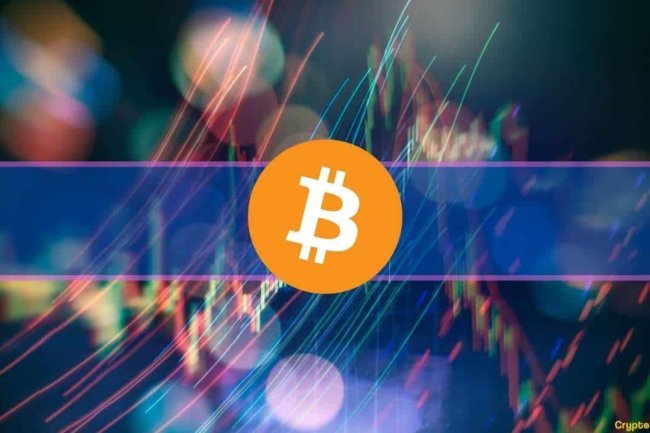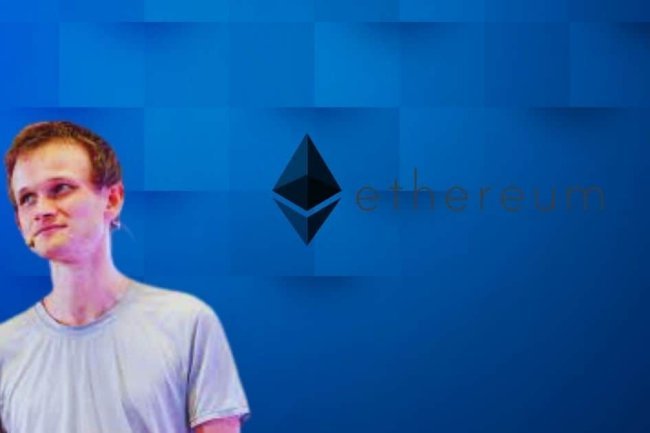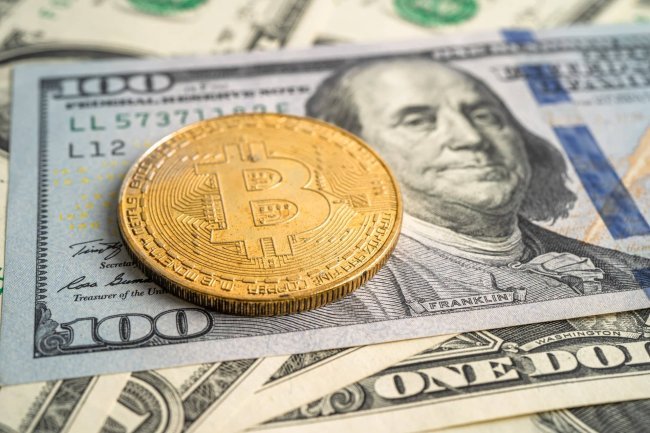Pump.fun’s Meteoric Rise Sparks Debate Over Memecoins’ Role in the Crypto Industry

Pump.fun’s Meteoric Rise Sparks Debate Over Memecoins’ Role in the Crypto Industry
Pump.fun, a Solana-based memecoin launchpad, has taken the crypto world by storm, becoming the fastest-growing decentralized app ever. In just 217 days, the platform surpassed $100 million in revenue—34 days faster than the previous record-holder, ENA—according to Syncracy Capital co-founder Ryan Watkins. Despite this rapid success, Pump.fun has ignited fierce debate within the crypto community about the true value and impact of memecoins.
Memecoins, often seen as tokens with no intrinsic purpose beyond fun and speculation, have long divided the crypto industry. Some enthusiasts view them as a way to engage with web3 culture, while others consider them risky and exploitative. ETHDenver co-organizer Caolán Breathnach described memecoins as a way to “monetize culture,” while crypto culture researcher Ann Brody suggested that these tokens serve as tools for expressing cultural identity, noting that "money has always been cultural and a representation of who we are."
Brody added that memecoins can channel energy into web3 by allowing users to connect with the technology through shared stories and beliefs. However, this cultural perspective is countered by many critics who see memecoins as little more than glorified gambling.
Pump.fun has become a focal point in this debate. Critics argue that the platform amplifies the most troubling aspects of the crypto industry. University of Dublin lecturer Paul Dylan-Ennis called Pump.fun “the worst elements of our industry condensed into one epilepsy-inducing website,” adding that it represents everything people dislike about crypto. Meanwhile, crypto researcher Ogle, founder of Glue, pointed out that nearly 95% of memecoins launched on Pump.fun “effectively rug within a day,” meaning they collapse soon after launch, leaving investors with heavy losses.
Despite its controversies, Pump.fun has maintained a strong presence in the market, though trading volumes have significantly declined. After peaking at over $2 million on July 30, daily trading volumes dropped to around $400,000 by September 6. The platform’s rapid growth has nonetheless triggered widespread discussion about the future of memecoins and their role in the crypto ecosystem.
The debate around memecoins has intensified as creators use them to capitalize on major political events, such as the upcoming U.S. presidential debate on September 10. A category of tokens known as PoliFi has emerged, centered around politicians. Popular tokens like MAGA and BODEN reflect the blending of political commentary with crypto culture. Pump.fun itself humorously acknowledged the trend, warning users on X (formerly Twitter) to “avoid visiting pump fun over the coming 48 hours” as a storm of political memecoins brewed.
Brian Frye, a lawyer specializing in copyright law, offered a nuanced take on memecoins, stating that while some may evolve into investments representing commercial goodwill, most still operate in a “zero-sum game” framework. He emphasized that memecoins must shift from being perceived as gambling instruments to legitimate investments if they are to achieve long-term value.
As Pump.fun continues to grow, its impact on the crypto industry—and the debate over the role of memecoins—remains a hot topic. For now, the platform’s success highlights the tension between innovation, culture, and speculation in the rapidly evolving world of decentralized finance.
Click Here to Visit
What's Your Reaction?
















